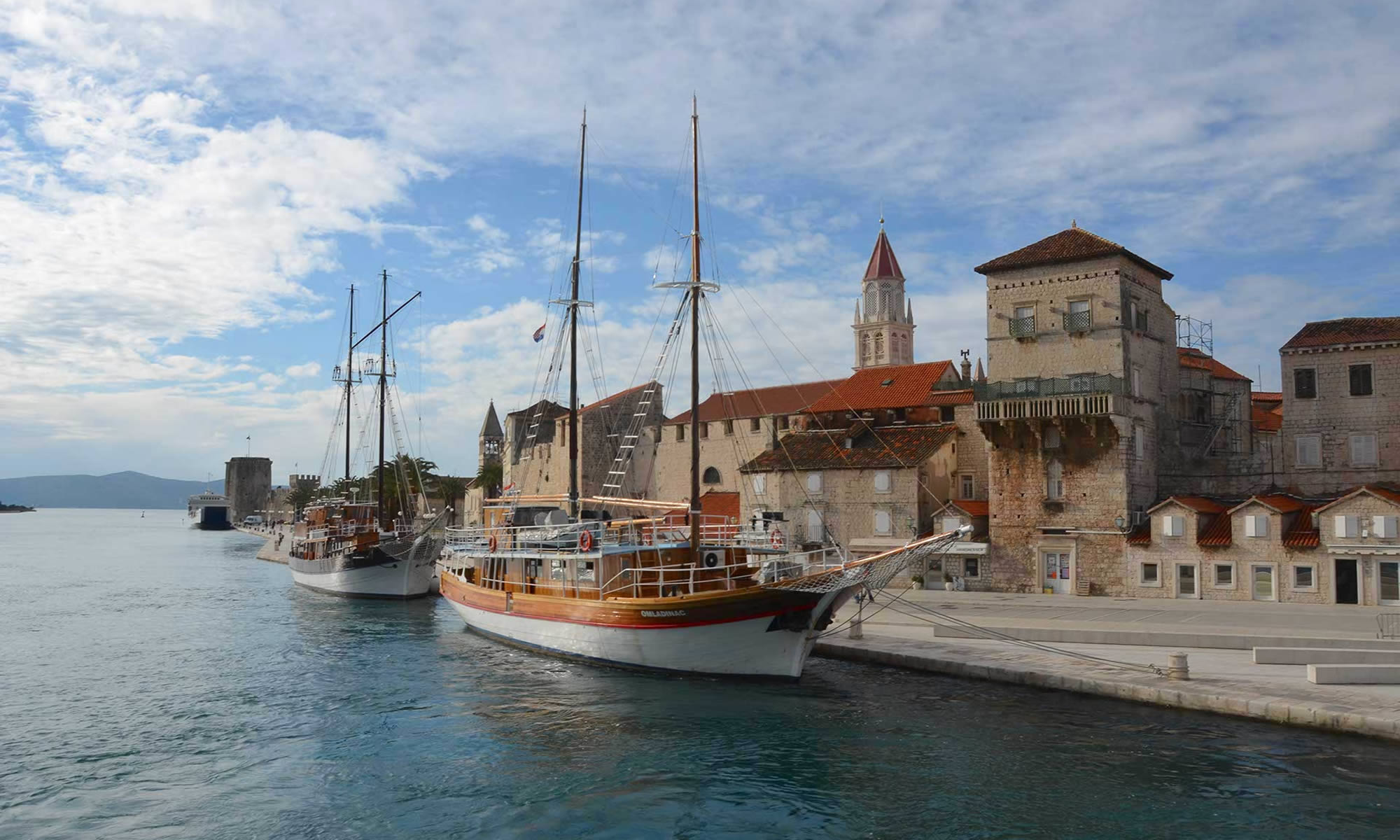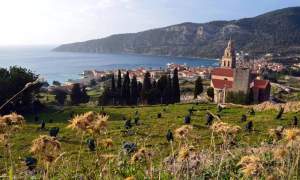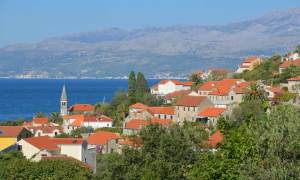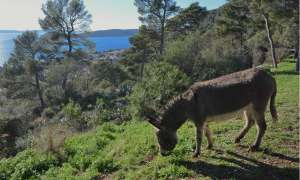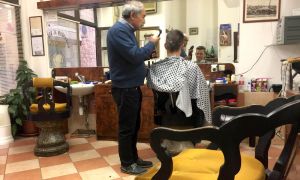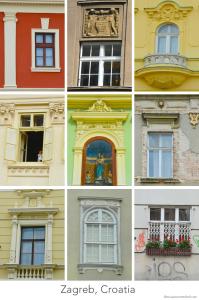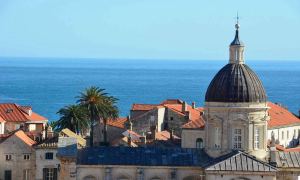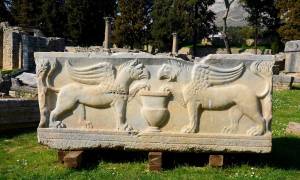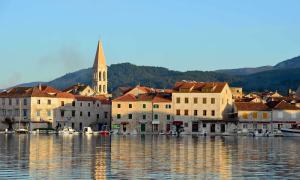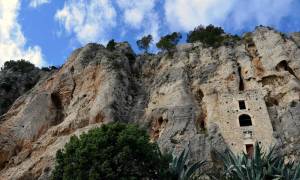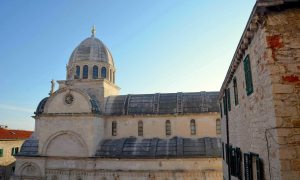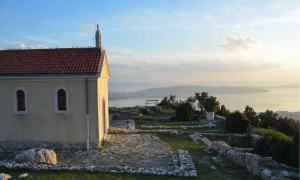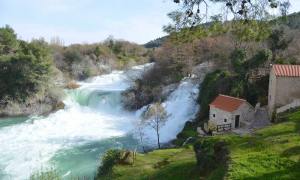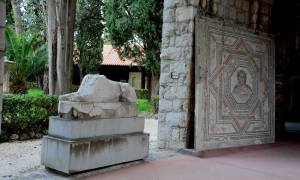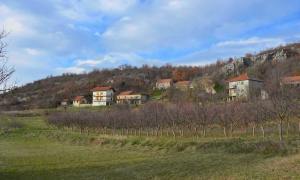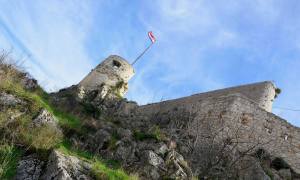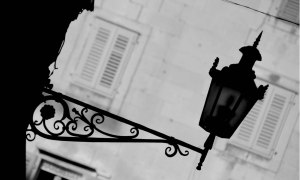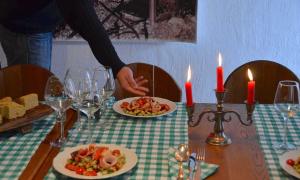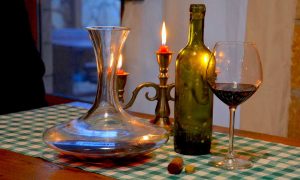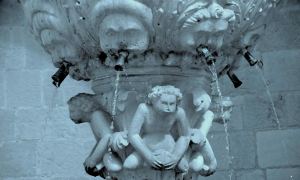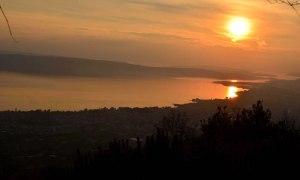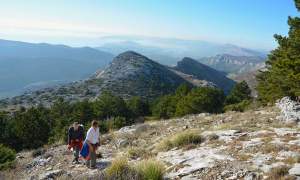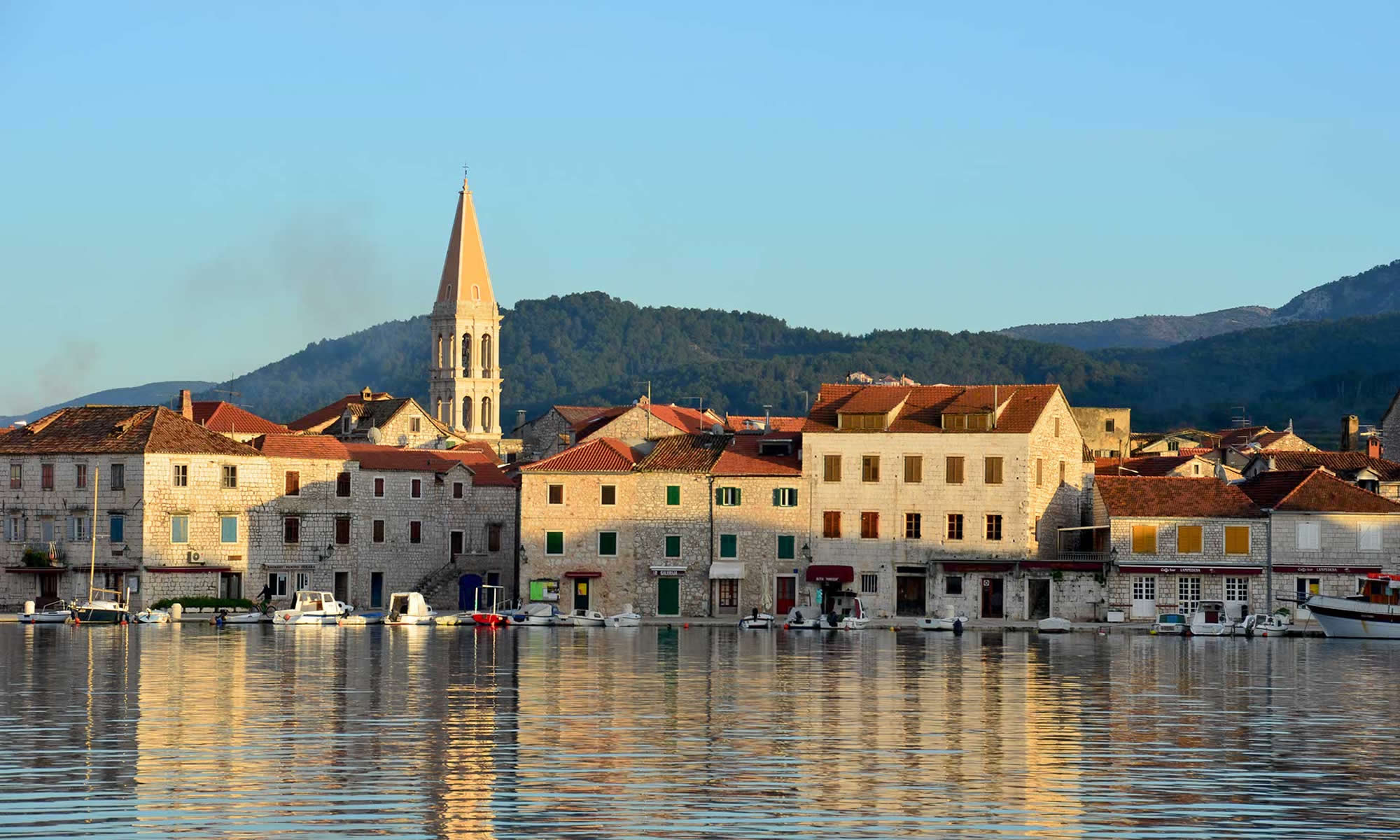
From extraordinary seaside cities and national parks to fascinating heritage sites, Croatia has it all.
Shawn and I are fortunate to have spent four winters in Croatia’s Dalmatia region. We were even unexpectedly “stuck” in Croatia for 15 months during the earliest stages of the COVID pandemic. (Spoiler alert: we were lucky to be in such a picturesque area during that uncertain time, especially since we had so many natural spaces in our backyard to explore.)
Over the years, we’ve gotten to know Croatia—and its kind and inviting people—quite well. We’ve mingled with talented winemakers. We’ve also learned how to make silver filigree jewelry and traditional hearty dishes like peka. And, we’ve visited a handful of the country’s gorgeous islands. One summer, we even explored parts of Istria and lesser-known spots in inland Croatia.
Below, you’ll find my clickable Croatia index, as well as destination-specific tips, accommodation, and transportation resources.

Table of Contents
General
Places
Dalmatia Region:
- Dubrovnik
- Krka, Šibenik & Surrounding Areas
- Makarska
- Split
- Trogir
- Zadar
- Brač Island
- Hvar Island
- Korčula Island
- Šolta Island
- Vis Island
Inland Region:
- Karlovac
- Ludbreg
- Plitvice Lakes National Park
- Trakošćan Castle
- Varaždin
- Zagreb
Istria Region:
Dubrovnik
- Ascend Mount Srđ—on foot or by cable car—for stunning aerial views of the city.
- Walk Dubrovnik’s imposing walls and soak up seaside vistas.
- Take a day-trip to lovely Kotor, Montenegro and hike to the formidable fortress of Saint John.

Istria
- Meander the quiet streets of Pazin, Istria’s administrative capital. The town is known for its handsome 9th-century castle as well as its exhilarating zip-lining adventures that’ll have you crisscrossing Pazin’s mighty gorge.
- Picnic in the shadows of leafy trees, explore fresco-filled chapels, and stroll lanes bordered with pastel hydrangeas in the enchanting town of Bale.
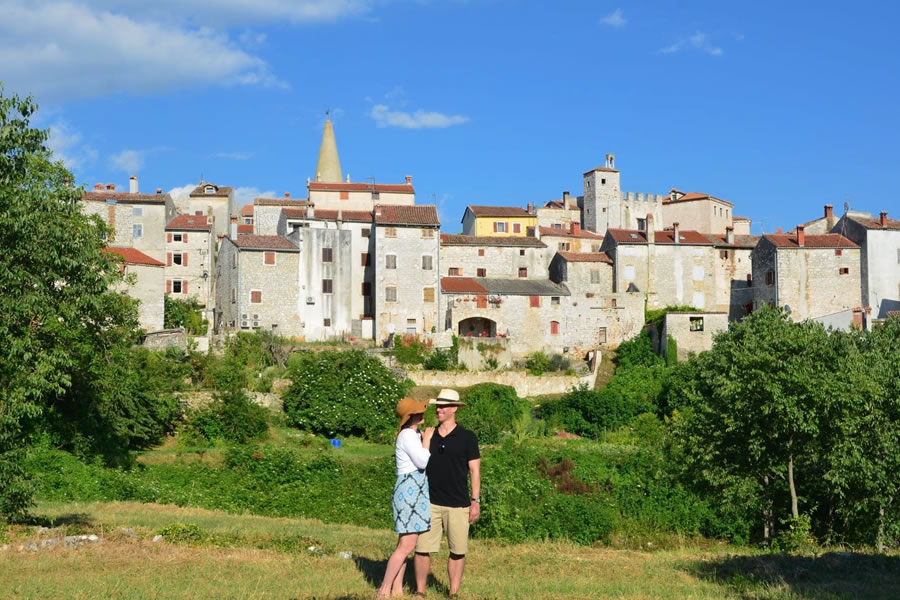
Krka, Šibenik & Surrounding Areas
- Wander through Krka National Park as you appreciate the majestic falls and calming blue and green hues surrounding you.
- Swing by the town of Skradin, famous for its slow-cooked risotto and kayaking opportunities.
- Take in the sunset and enjoy a glass of wine or a cup of coffee while overlooking the island town of Primošten.
- Admire Šibenik’s Saint James Cathedral, a UNESCO World Heritage Site adorned with more than 70 stone-carved faces of men, women and children.
- Watch the action in Šibenik’s main square while enjoying coffee at the Gradska Vijećnica restaurant.
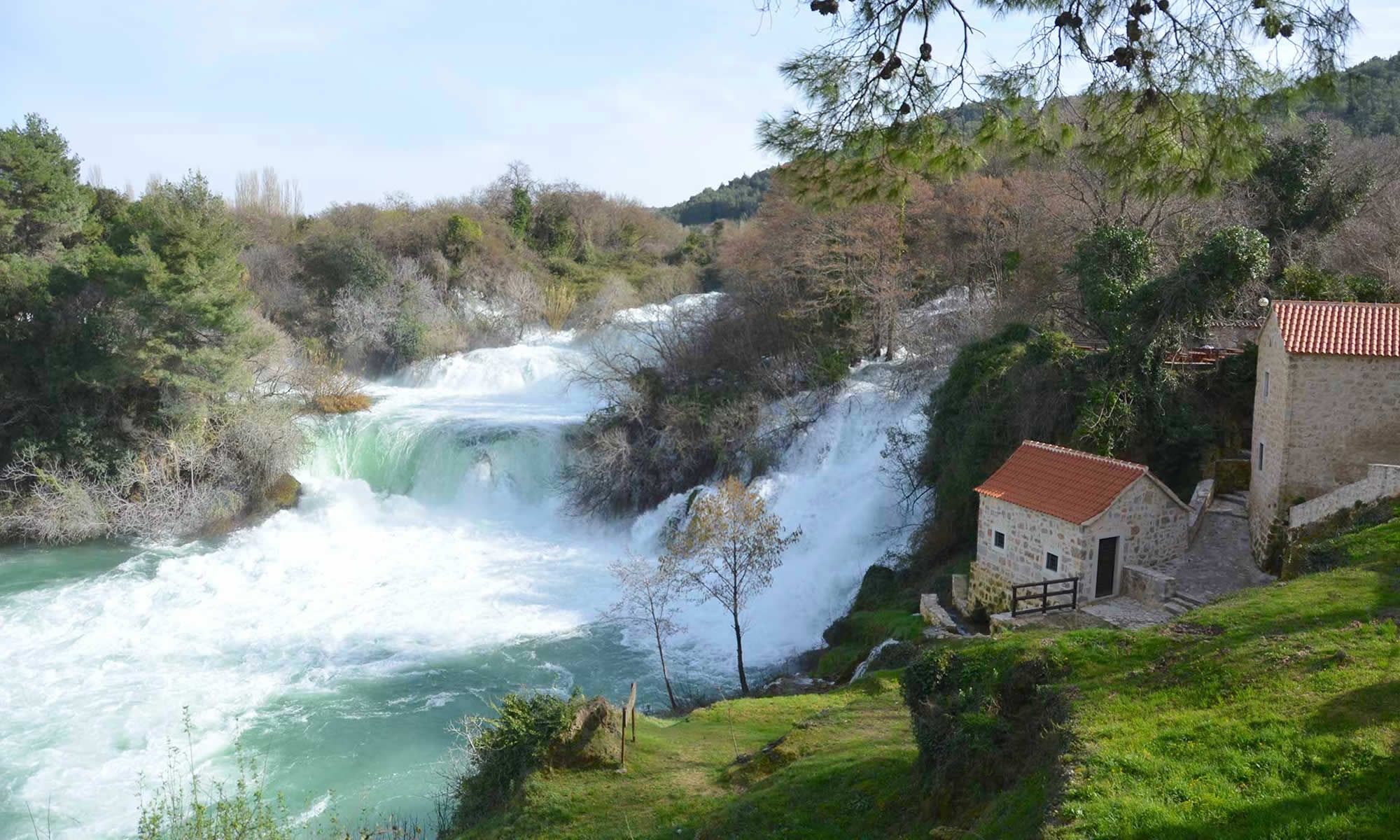
Makarska
- Take in the magnificent views from Makarska’s gorgeous peninsulas, Sveti Petar and Osejava. If you’re lucky, you might even spot an archaeological dig underway on Sveti Petar, a spot that’s been inhabited for many centuries.
- Stroll along Makarska’s seafront promenade (Riva) and watch locals as they walk their dogs or mingle with friends. This is a great spot to grab a coffee. If you have a holiday apartment in Makarska with a kitchen, it’s also fun to purchase fresh fish directly from fishmongers who’ve tied up their boats here.
- Soak up the sunshine on secluded Nugal Beach.
- Hike to the nearby village of Kotišina to explore a botanical garden, as well as a fortress in a cave.
- Meander along the coast to the tiny towns of Baška Voda or Tučepi and spend the afternoon there. We packed a picnic and enjoyed it while sitting on the towns’ pebbly beaches.
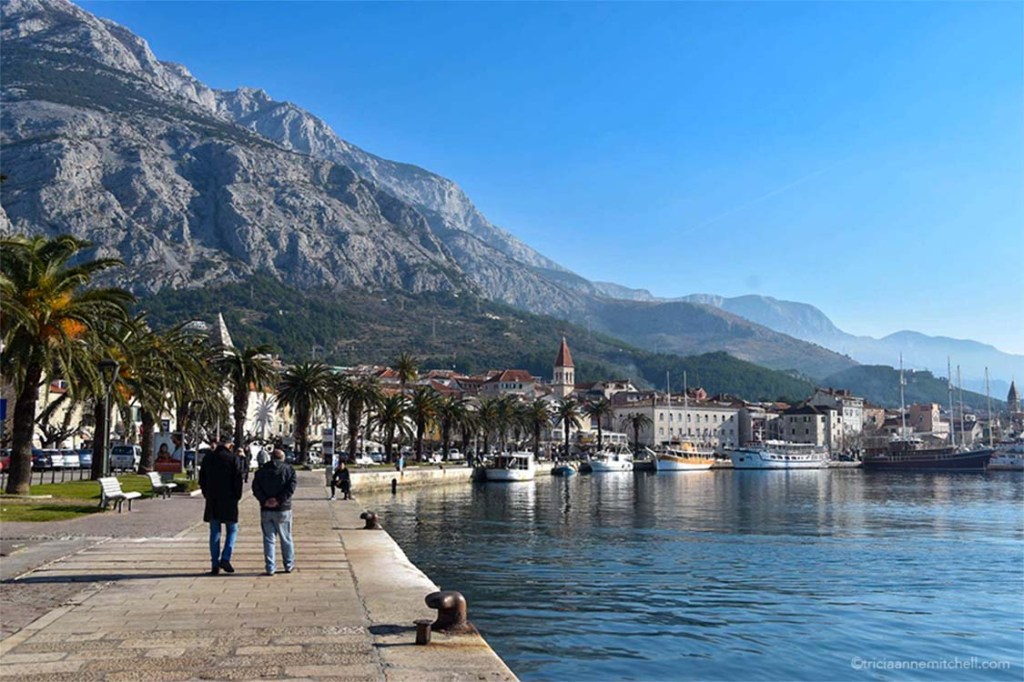
Split
- Wander the streets of Diocletian’s Palace.
- Watch a third-generation silver filigree jeweler at work.
- Glimpse fascinating Roman artifacts at Split’s Archaeological Museum.
- Escape to stunning Marjan Forest Park or hike on Mount Mosor.
- Mingle with the fish mongers and produce sellers at Split’s fish and green markets.
- Pack a picnic and explore the fascinating ruins of nearby ancient Salona.
- Explore the mighty Klis Fortress, a Game of Thrones filming location situated in a dramatic mountain pass.
- Taste wine on rugged mountain slopes overlooking Kaštela, the Zinfandel grape’s genetic homeland.
- Learn how to make traditional Dalmatian food during a cooking class.
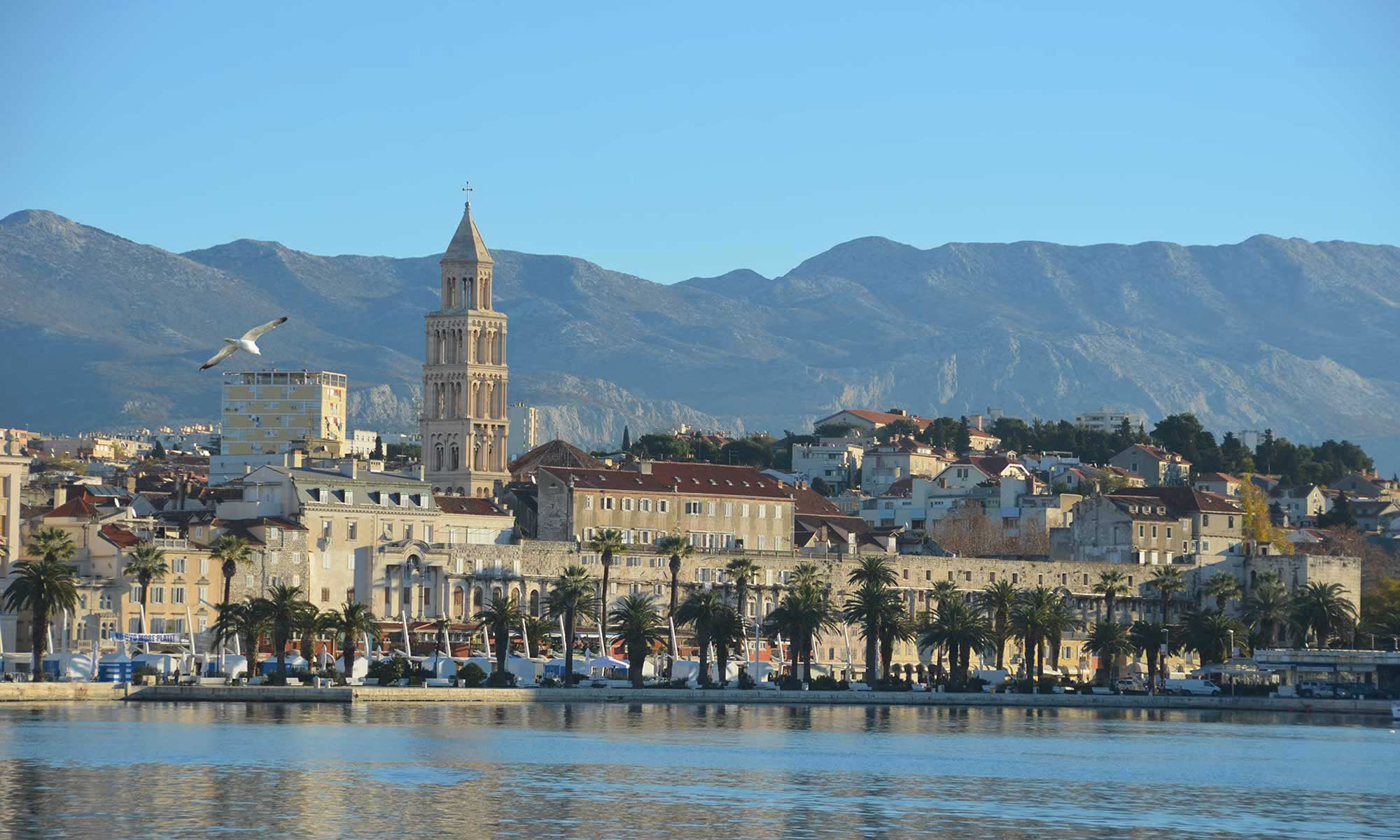
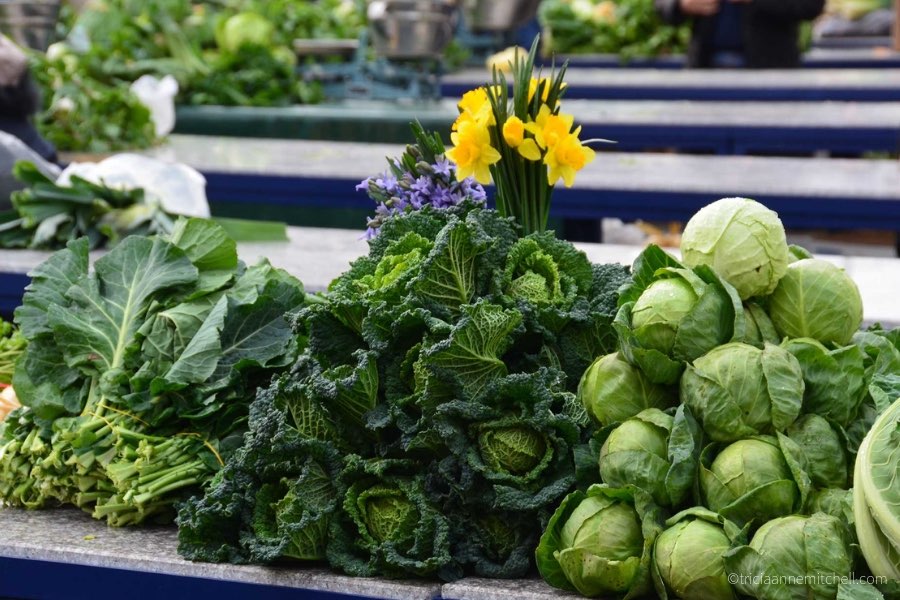
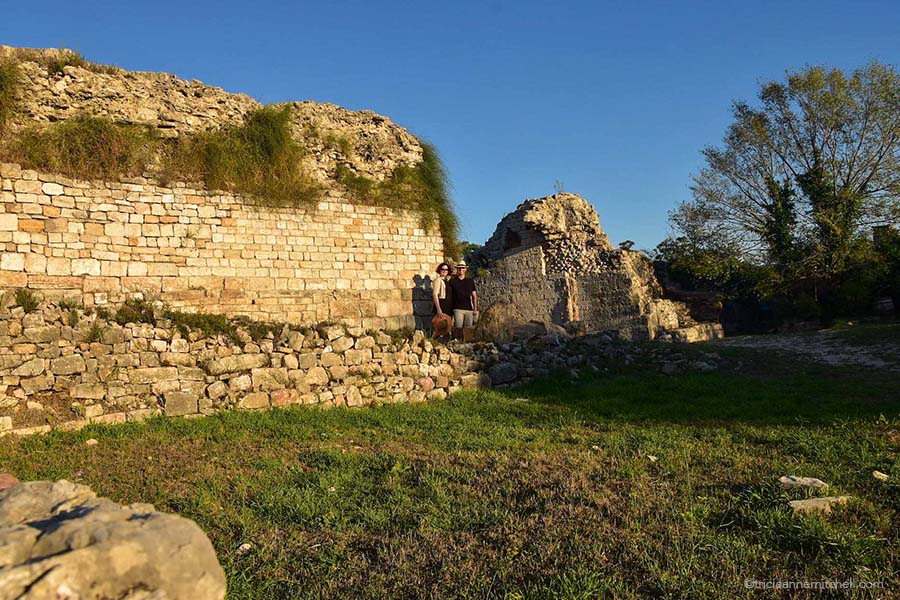
Trogir
- Explore Trogir’s Old Town-core, which has been settled by the ancient Greeks, Romans, and Venetians.
- Savor coffee or delicious peka along Trogir’s picturesque Riva.
- Climb the bell-tower of the Saint Lawrence Cathedral for magnificent views. On the ground, admire the 13th-century structure’s incredible portal.
- Embrace the splendor of Dalmatia’s coastline from a sailboat.

Zadar
- Stroll Zadar’s picturesque Roman Forum by day and appreciate all the details. Later, do so by night, so you can see the ruins and the Church of St. Donatus dramatically illuminated.
- Zadar is one of Croatia’s oldest cities. Unsurprisingly, the city’s history is fascinating! Delve into some of it at Zadar’s Archaeological Museum. There are sections devoted to Zadar’s prehistoric history, Roman chapter, and medieval Croatian past.
- Savor Mother Nature’s talents by listening to the Sea Organ’s improvisations. After nightfall, watch the Greeting to the Sun light show, which has colorful lights powered by solar panels.
- Take a day-trip to Krka National Park and glimpse stunning waterfalls, vibrant flora and fauna, and even a stone mill that’s still in use.
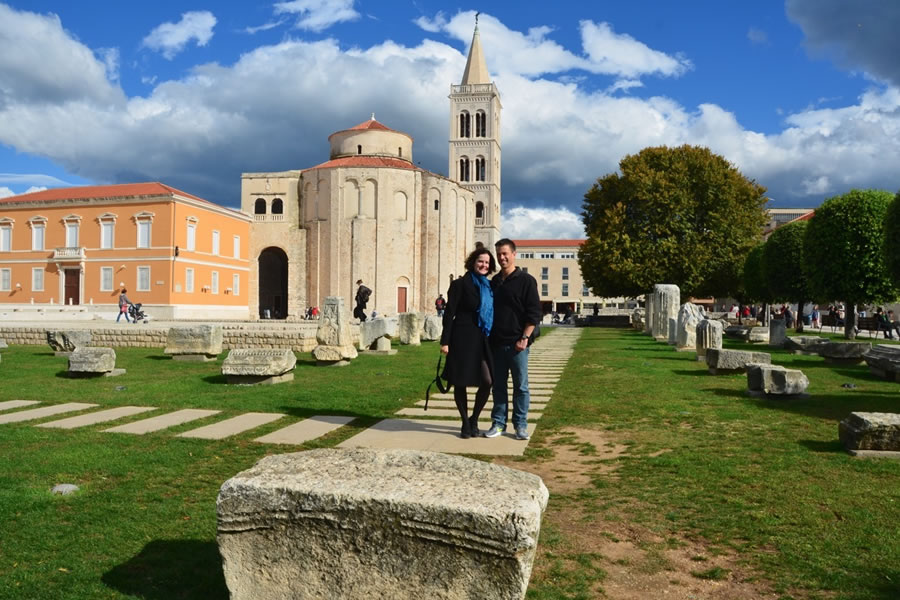
Brač Island
- Soak up the sunshine on Zlatni Rat, arguably Croatia’s most-photographed beach.
- Observe student stonemasons crafting masterpieces at the Stonemason School in the picturesque town of Pučišća.
- Hike to the ruins of an abandoned monastery above Murvica.
- Visit the former Roman quarry used to source stone for Diocletian’s Palace, and catch a glimpse of the 1,700-year-old Hercules relief.
- Learn how olive oil production has evolved by visiting the family-owned Museum of Olive Oil in Škrip.
- Pop into the Ivan Rendić Gallery in Supetar to admire some of this celebrated Croatian sculptor’s works.
- Admire the extraordinary architecture inside Supetar’s cemetery, which is situated on a picturesque peninsula.
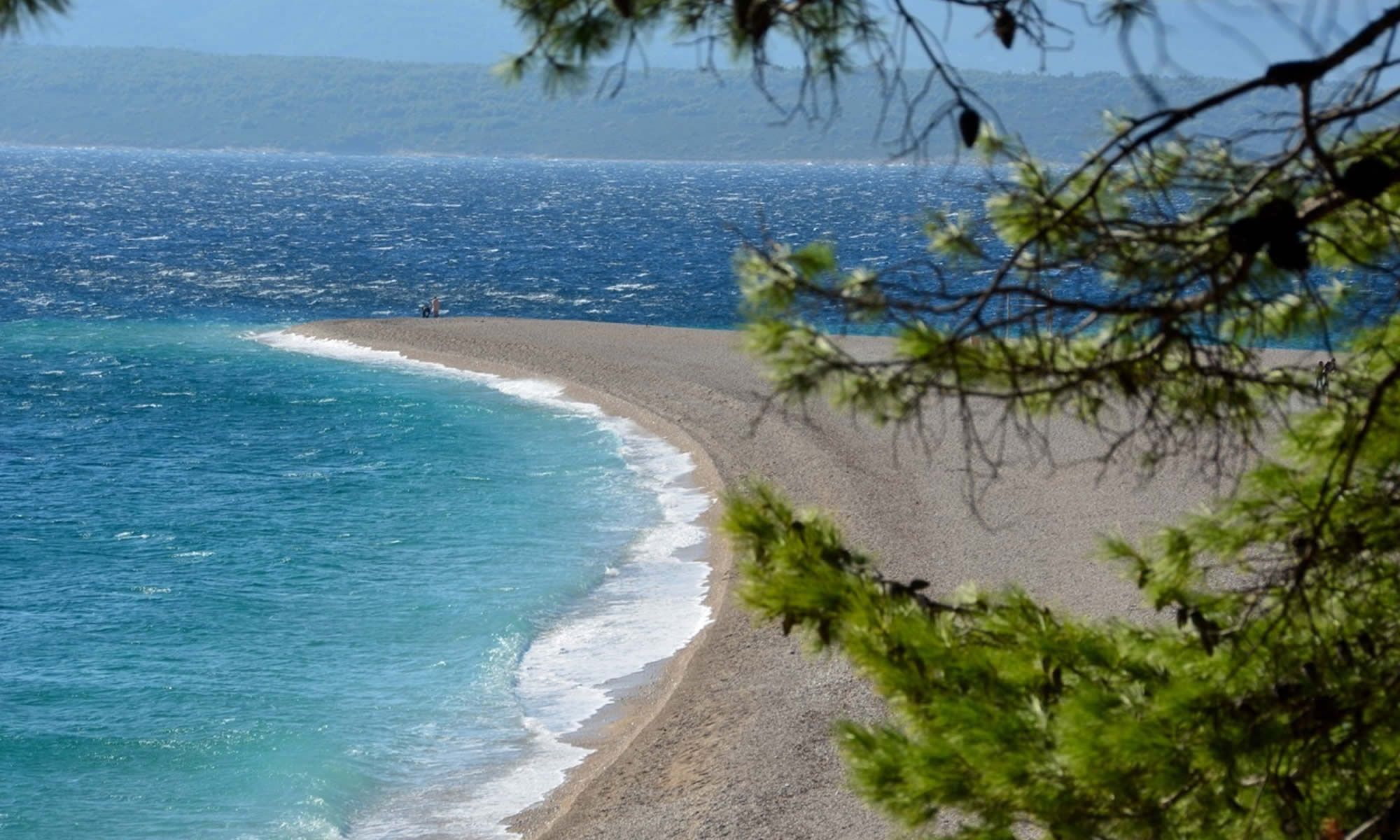
Hvar Island
- Wander the sleepy lanes of Stari Grad, Croatia’s oldest town, and explore the landscape of the Stari Grad Plain, which is a UNESCO World Heritage Site.
- Climb to the Spanish Fortress for magnificent views of Hvar Town and the Adriatic. This is also a superb spot for a picnic!
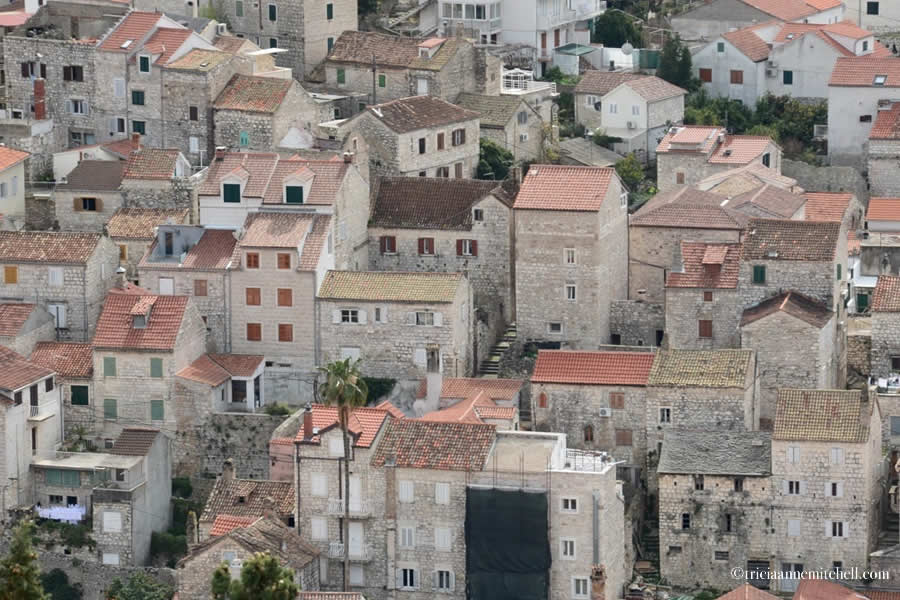
Korčula Island
- Take a dip in the inviting water near Korčula Town as you mingle with curious fish.
- Climb the bell-tower of Korčula Town’s iconic Sveti Marko Cathedral just before sunset to see the town dressed in pink.
- Stroll along Lumbarda’s coast, as well as its fields dotted with grapes and olives, while glimpsing the gorgeous Pelješac Peninsula.
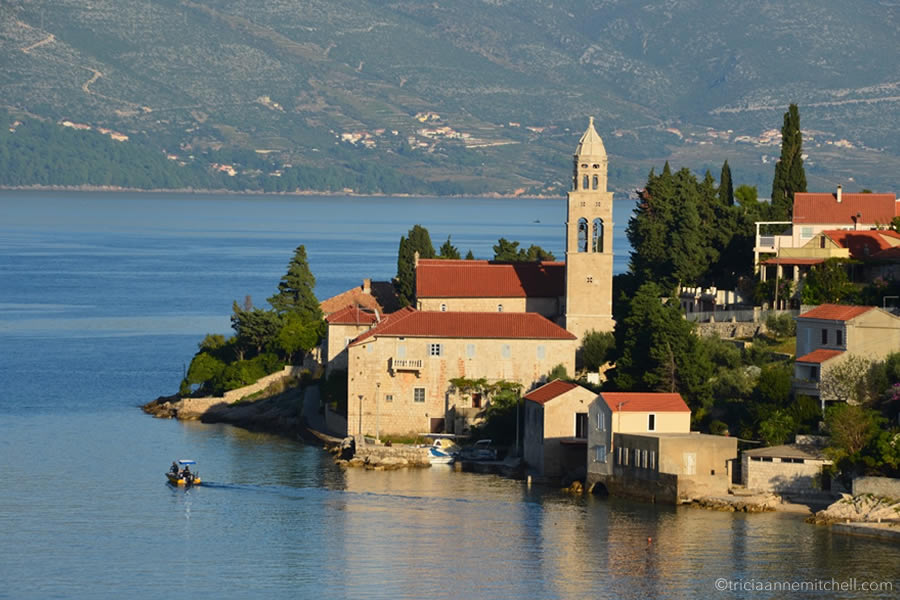
Vis Island
- Explore the beautiful town of Komiža and its St. Nicholas Church, which dates back to the 13th century. Komiža is located on the southwest of the island, so its sunsets are magnificent.
- Sample vugava, a white grape varietal that has long been grown on Vis.
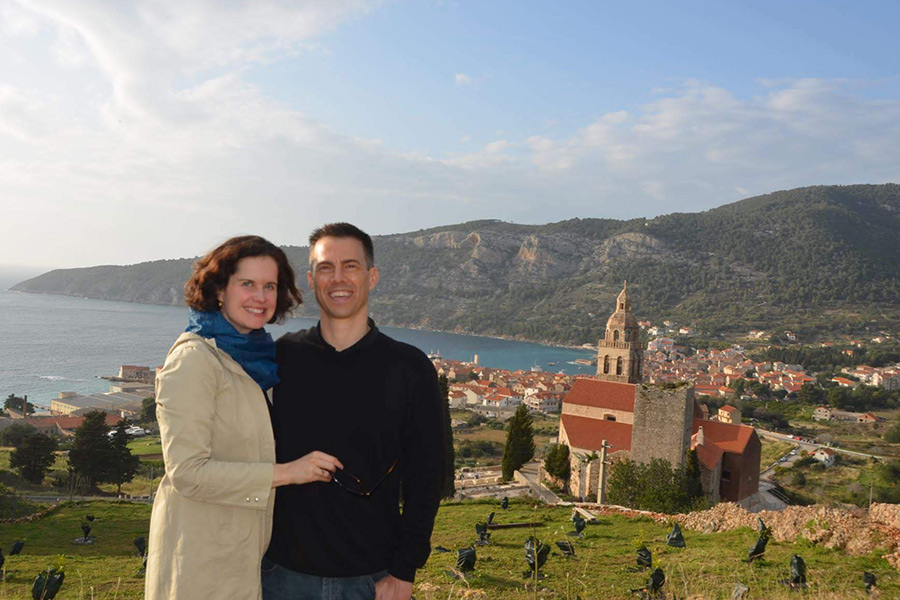
Accommodation
Shawn and I have spent four winters in Croatia’s Dalmatia region, and one summer divided between Pula (in the Istria region) and Ludbreg (a tiny town in Inland Croatia). We also spent 15 months in Croatia during the earliest days of the pandemic, dividing our time between Makarska, Split, and Solin.
During our wintertime visits, we found lodging in prime locations that would have been fully reserved had it been summertime. During chillier months, however, apartments in these Dalmatian cities were practically empty.
A listing of properties we would happily revisit follows. (Some are affiliate links.)
Ludbreg:
Apartment Name: Villa Mila
Shawn and I spent six weeks exploring parts of inland Croatia, using the charming Villa Mila as our home-base. The small town of Ludbreg is not a touristic place, and that’s part of what made our stay there so special. The Villa Mila’s owners, Igor and Tanja, and their two adult children were a delight, going out of their way to make our visit memorable. The people of Ludbreg were equally friendly, and our social calendar was replete with BBQs, lessons in jarring pickles and cherries, wine tasting, and more.
Igor, Tanja and family are a creative bunch, and Tanja is a children’s clothing designer. You can see her special touches in the Villa Mila’s curtains, pillows, and decor. From Ludbreg we visited Varaždin a few times (it’s accessible by train) and we also visited the Trakošćan Castle. Ludbreg has its own train station with easy connections to Zagreb.
Makarska
Apartment Name: Apartments Vesna
We stayed in the Apartments Vesna for roughly one year, during the early stages of the pandemic. This 1-bedroom apartment is on the top floor and features skylights. A small balcony on the back of the apartment overlooks Makarska’s harbor — the views of Makarska’s dramatic mountains are wonderful!
It takes about 8 minutes to reach Makarska’s bus station on foot. In a matter of minutes, you can also walk to Makarska’s Riva (seaside promenade), several grocery stores, restaurants, and cafés.
The apartment’s owners, Mise and Anna, are exceptionally friendly and helpful.
Pula
Apartment Names: Guesthouse Natalija and Apartment Ferienwohnung
We called Pula home for about one month, when the summer season was just around the corner. We split our time between two pleasant apartments, the Pension Natalija, and the Apartment Ferienwohnung.
Both properties had friendly, helpful owners, and central locations within Pula’s Old Town. In less than five minutes, we could walk to the Roman forum or the Arch of the Sergii. The Giardini bus stop was equally close. Even Pula’s Arena was only about a 12-minute walk away.
Split
Apartment Names: Kaleta Apartments, Guesthouse F, and Viola Apartment
We’ve spent three winters in Split, and have made it a habit to create new memories by staying in a different property every year.
For two and a half months, we stayed at the lovely Kaleta Apartments, which are located within Diocletian’s Palace. Our elegant studio apartment (called the ‘Diocletian’s Suite’) had lots of character, including Roman brickwork embedded into the wall. We had overhead views of life on Split’s Old Town streets, and we enjoyed chatting with the friendly owners, Novica and Negri.
Two years later, we returned to Split, but stayed in the Varoš neighborhood at the Guesthouse F. We enjoyed the studio apartments’ central location, plus our tiny terrace, and the kindness of our hosts, Anja and Miro. One of Guesthouse F’s apartments was originally a horseshoe maker’s workshop, owned by Anja’s grandfather. As a result, Shawn and I nicknamed it the “horseshoe cottage.”
Varoš is just a few minutes’ walk from Diocletian’s Palace. With its quirky, narrow streets and stone homes decorated with hunter-green shutters and flower boxes, Varoš is charming.
Finally, we spent three months at the Viola Apartment, also in Split’s Varoš neighborhood. The apartment had two bedrooms, a lovely sun porch and garden, and a recently-renovated interior inside an old stone home. Owner Ljubica, who lives upstairs, was easygoing and helpful. We were in a perfect location for accessing Diocletian’s Palace and Marjan Forest Park, too. On foot, it took about six minutes to reach Split’s most famous lookout point near the Caffe Bar Vidilica.
Trogir
Apartment Name: Apartments Mirkec
Shawn and I stayed in a studio apartment at Apartments Mirkec in Trogir for 7 weeks. We were very happy there, as the apartment had good Wifi, and a kitchen with all the basics. It was also perfectly situated in the heart of Trogir’s Old Town, just a minute’s walk from the Riva.
Note: As of 2025, I think this apartment has permanently closed. However, the owner’s popular restaurant (Pizzeria Mirkec), which is located underneath the apartment, is still cooking up delicious pizzas in their wood-fired pizza oven.
Zadar
Apartment Name: Apartments & Rooms No.1
We spent three nights at the Apartments & Rooms No.1 during the off-season. The biggest selling point of the studio apartment was the perfect location in Zadar’s Old Town. We were able to walk to the Roman Forum in a matter of minutes, and were among all the action. The apartment was cozy and clean, and the owner was friendly and accommodating. We slept with the window open (despite there being an air conditioning and heating unit), and the seagulls acted as our alarm clock the next morning. :) The internet worked well too.
Zagreb
Apartment Names: Apartment Lucy City Center Rooms and ApartMeant To Be
Zagreb is deserving of a longer stay, but I always seem to be in transit when I’m there. One winter, Shawn and I stayed at Apartment Lucy City Center Rooms. The apartment was compact, but since it was centrally located, and had a pleasant kitchen and bathroom, it offered everything we needed for one night. The Uber ride from Zabreb’s train station to Apartment Lucy was a short one, too.
During a summer stay, we spent two nights at the ApartMeant To Be. The host was friendly and helpful, and the apartment was spacious and within walking distance to Jelačić Square and the Dolac Market.
Brač Island
Apartment Name: Apartments Milena
We chose to base ourselves in the pretty town of Bol, staying at the Apartments Milena. While it was a bit of a walk from our apartment to Zlatni Rat (Croatia’s most famous beach), grocery stores, cafés, and restaurants, were an even shorter distance. Bol’s main bus stop, as well as the catamaran point, were about 15 minutes away by foot.
Milena, the apartment owner, brought us homemade cookies, and allowed us to have a late check-out. We didn’t speak a common language, but used Google Translate to converse. Milena and her family also kindly offered for us to use their outdoor oven, which would be great for cooking a traditional peka there.
Hvar Island
Apartment Name: Apartments Lucija
On Hvar, we stayed at the Apartments Lucija in Stari Grad. It’s run by down-to-earth Lucija and her family.
Located in a quiet corner of Stari Grad, our comfortable apartment overlooked Stari Grad’s placid bay. Kind Lucija welcomed us with a small basket of clementines and lemons, which she’d picked from her backyard.
Korčula Island
Apartment Names: Maria’s Place and Apartments Ustavdic
Wanting an Old World experience within Korčula Town’s city walls, we spent a trio of nights at Maria’s Place upon first arriving on the island. The room was cozy and situated on a quaint street, but it was a bit tricky getting our luggage up the cobbled lanes in the Old Town core.
When we decided to extend our time on the island, we moved to Apartments Ustavdic in the quiet community of Medvinjak. Owners Senija and Esad were extraordinarily kind to us, acting like family when Shawn had an accident that required him to go to the local clinic. The second-floor apartment in which we stayed for about two weeks had fabulous views of the Pelješac Peninsula. From the dining room, we enjoyed watching sailboats and small cruise ships glide by. We also swam in crystalline water just a few moments’ walk from their home. It’s best if you have a car here (we did not), but it is possible to walk to Korčula Town in about 25 minutes. Just be careful on the scenic main road linking the two towns, as there are some drop-offs without railings.
Vis Island
Apartment Name: Apartment Mare
When I read other guests’ reviews praising the Apartment Mare’s magnificent views, I was skeptical. However, when we arrived, we couldn’t stop marveling at the magnificent vistas before us. The island of Biševo was straight ahead, framed by swaying sea palms and Vis’ rugged coastline.
Even though we visited Komiža during the winter months, the weather was pleasant enough to sit on the balcony. We spent many hours there, soaking up the sunshine and staring out into the sea.
The apartment was cozy and clean, the internet and heater worked well, and our host, Katarina, was happy to answer any questions we had about the island. We were just a short walk (down stairs) to Komiža’s main beach, and the town of Komiža was only about eight minutes away.
Also just outside the Apartment Mare’s doorstep: great walking trails, and more superb views of Komiža.
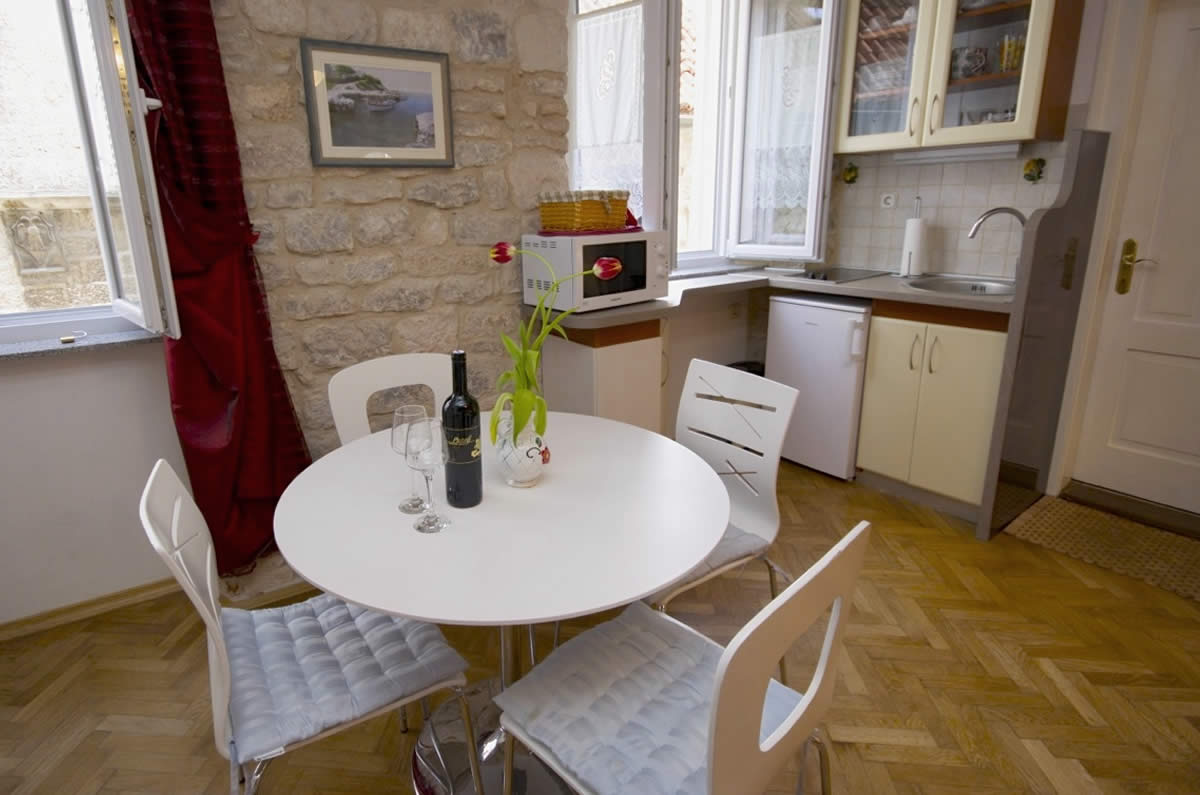
Transportation
- Airplane – See this list of airports in Croatia. Google Flights is a useful search engine; on the site we once found a great fare from Munich to Pula (about €55 one way / per person). Here are some tips for making the best use of Google Flights.
- Bus – We’ve found GetByBus to be a helpful site for comparing bus ticket prices and purchasing them. Company wise, we’ve most often traveled with Autotrans and Brioni for journeys between Croatian cities. We’ve also used Eurolines to make the long journey from Germany to Croatia.
- Ferry – Jadrolinija is Croatia’s state-owned ferry service. We’ve ridden their ferries and catamarans to travel between Croatia’s islands and its mainland. Twice, we also did overnight journeys across the Adriatic to get to and from Italy (Split – Ancona and Bari – Dubrovnik). See their website for timetables, routes, and fares.
- Taxi – We’ve used Uber with great results in Split and in Zagreb. Our drivers were prompt, professional, and straightforward. If you’re new to Uber, and sign up using this link, you will get $15 off your first ride.
- Train – While train routes are limited and many locals lament that traveling this way is slower than taking a bus, we’ve enjoyed train travel in Croatia. We’ve taken the train from Split to Zagreb, and also used it to get around the Istria region. HŽPP is the national railway company of Croatia. You can search HŽPP’s website in English and purchase tickets online.
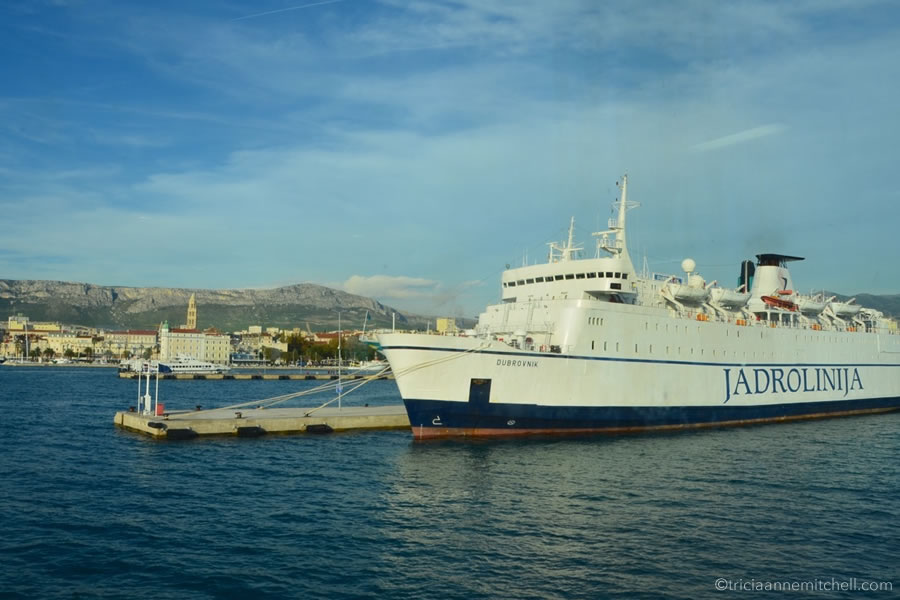
Additional Croatian Resources
- Croatia’s currency is the Euro (EUR). Calculate the current exchange rate.
- Since 2013, Croatia has been been a member of the European Union. It is part of the Schengen Area.
- Croatia National Tourist Board
- Istria Official Tourist Website
